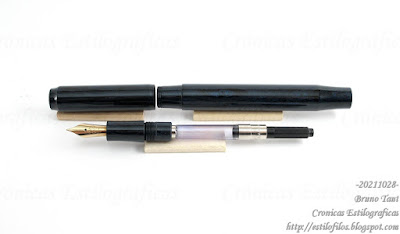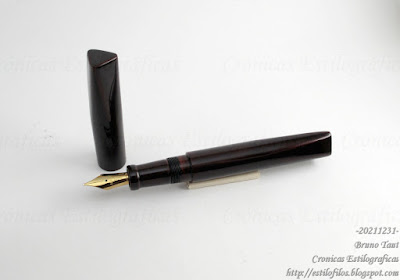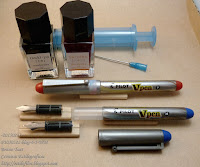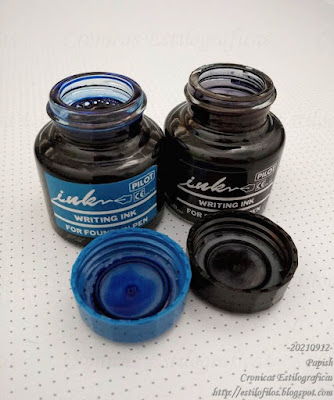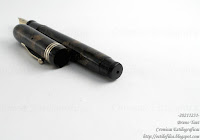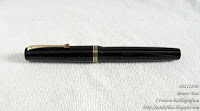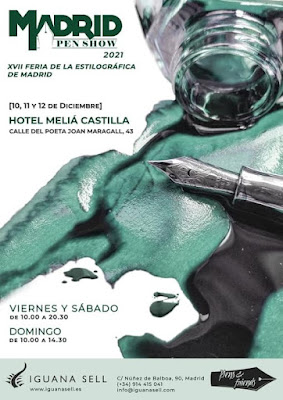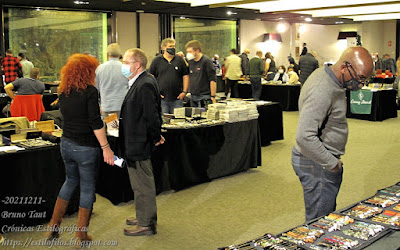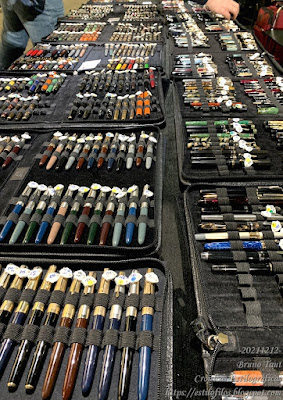This situation came to an end, somehow, with the introduction of the model Yuzen in 2020. This pen was specifically designed to be used as an eyedropper filler, but a plain one at that, without any sealing system. And to do so, the pen implemented a rubber gasket –an o-ring— on the section to provide a tight seal when screwed onto the barrel. And the packaging includes an eyedropper and some spare o-rings.
But at the same time, the Yuzen can also be used with a cartridge or a converter.
The slightly older model Kobue is intended as a cartridge/converter pen, but its design also includes a gasket on the section, making this pen apt to be filled as an eyedropper.
Are these Eboya models the only eyedropper fillers? I do not think so—Eboya pens do not use internal metallic parts, and the manufacture is precise enough to not leaking should their barrels be filled with ink. In other words, with or without gaskets, all modern Eboya fountain pens work properly as eyedropper fillers (caution is advised, though).
 This Eboya Hakobune is not intended as eyedropper pen, but it works as such (although not on the picture, obviously).
This Eboya Hakobune is not intended as eyedropper pen, but it works as such (although not on the picture, obviously).
And that's the bottom line—all Eboya pens work well as eyedroppers and there was no need to create any specific model, however attractive. After all, these models do not fill the gap opened in 2016 when the last Japanese eyedroppers (and previously button fillers) were manufactured by Eboya.
Namiki Urushi 50 – Unknown red ink
Bruno Taut
March 11th, 2022
etiquetas: Eboya, soluciones técnicas
Bruno Taut
March 11th, 2022
etiquetas: Eboya, soluciones técnicas


